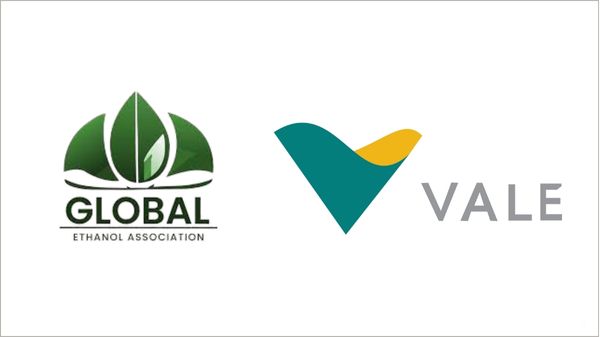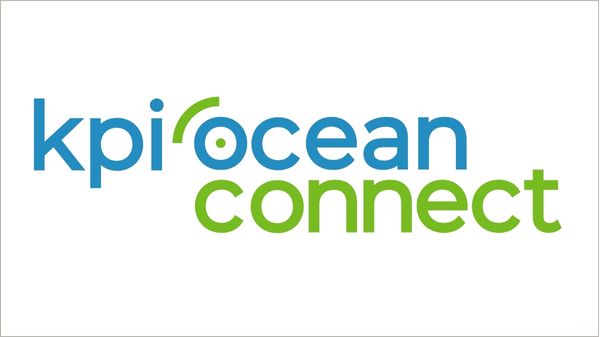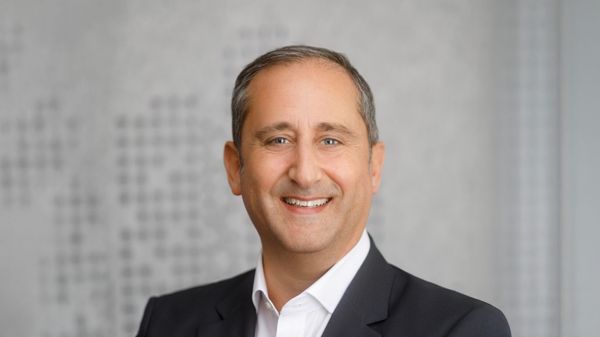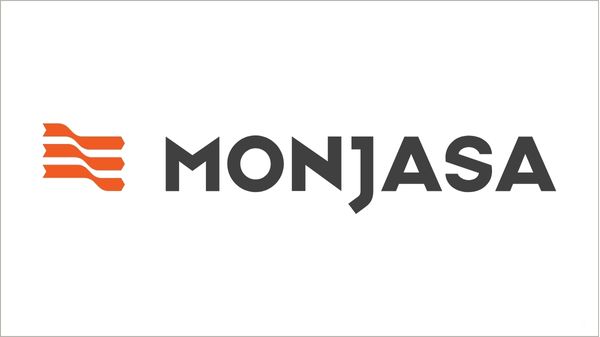The head of the bunker desk at UK firm
Freight Investor Services (FIS),
Luke Longhurst, last week discussed how the upcoming sulphur cap regulation in 2020 is set to affect hedging in the cleared market.
Speaking during an industry seminar on sulphur regulation changes at the Baltic Exchange in London, Longhurst examined the compliance options available to shipowners and how hedging in the cleared market could be performed in each scenario.
LNG
In an evaluation of liquefied natural gas (LNG), Longhurst said he expected LNG to remain a small component of total bunker consumption in the run up to 2020.
"You're unlikely to be compliant by 2020 unless you have LNG-powered newbuilds under way, and, from a risk management perspective, I'm not aware of any liquid, cleared contract which could be used directly to hedge LNG for bunker use at the moment.
"LNG can be priced off other oil markers at present, but this can be very complex and difficult. Most LNG hedges are pipeline-related and not correlated to bunker fuel use," he pointed out.
Scrubbers with HSFO
Longhurst explained that a key advantage of installing scrubbers is that they enable shipping firms to continue using and hedging high-sulphur fuel oil (HSFO) at much cheaper rates than the lower-sulphur equivalent.
"For many years now, the most relevant contracts for the majority of the shipping world have been the high-sulphur Rotterdam 3.5% Barges and the Singapore 380 [cSt] contract. Both are hugely liquid markets on physical and paper side," he noted.
And whilst, according to Longhurst, HSFO currently accounts for around 75 percent of bunker demand, and one would therefore expect demand to decrease significantly as the migration towards gasoil and ultra-low-sulphur fuel oil (ULSFO) picks up, FIS does not foresee a significant drop in HSFO liquidity in the run up to 2020.
HSFO paper liquidity 'right up to deadline day'
Longhurst commented that, based on information from market makers and participants, the company expects there to be strong liquidity "
right up to the deadline day and past 2020 for the HSFO paper markets".
"There is open interest in the HSFO market post-2020 and Platts have made it clear they will continue to offer the current HS market assessments beyond 2020," Longhurst remarked.
As a result, the FIS bunker specialist suggested that companies intending to install exhaust gas scrubbers could take advantage of the market situation by hedging their bunker costs at current levels, as spot prices could increase in the future.
"We believe you can lock in your HSFO rates now on the paper market cheaper than you might actually be paying physically at the time, come back-end 2019 / 20," Longhurst said.
Wait and see
Another option discussed by Longhurst was for bunker buyers to simply wait and see if more refiners make progress in mass-producing a compliant bunker-grade ULSFO, and if pricing agencies release new ULSFO price assessments for hedging.
Longhurst predicted that "a vast number of owners and operators" will decide to run their vessels on some form of ULSFO in 2020.
For shipping companies already running their ships on compliant marine gas oil (MGO), Longhurst suggested companies could hedge part of their bunker exposure with the existing gasoil contracts, such as low-sulphur gas oil and Singapore gas oil swaps, but noted: "I don't think the market sees this as the answer, and
I don't think it's wise to use such proxy hedges on a full scale at this time for long-term exposure post 2020."
Given the various options that are available, Longhurst said he expected hedging demand to be fragmented between HSFO 380 (for ships with scrubbers), HSFO 180 (power generation), the new ULSFO 0.5% contract from Europe and Singapore, and Gasoil 10ppm for coastal operations.
Ambiguity
In terms of offering advice to market participants regarding hedging bunkers in 2020, Longhurst noted that there was "still too much ambiguity to offer any very firm advice right now".
"Ultimately, we need to wait before properly pricing any bunker costs post 2020. It would be naive of me to think that the transition from HSFO to LSFO will be smooth; there are questions of supply, storage and space of the various grades, blending and handling capabilities," he noted.
Longhurst added: "With so many questions, I think there will be teething issues and a lot of people will stick to what they know, which is HSFO up to deadline day; and when there is more clarity, you can look at gasoil in small clips. But I think clarity will first need to come from the pricing agencies - on when a LSFO contract for the main bunkering hubs will be available.
"Price discovery will be key, so we will keep a close eye on where the new spreads will trade between HSFO and LSFO - and the flat prices of each - and look at the different markets."
"Ultimately, we are all looking to avoid the doomsday scenario: if the supply of LSFO isn't there, but the enforcement is, then how will IMO respond - and the market deal with this - without stopping the shipping market in one fell swoop?"
Tool for reducing risk exposure
Longhurst was also keen to stress that fuel hedging is a tool for reducing exposure to risk.
"I think it's important to be clear on this: we still meet customers who have reservations about hedging their bunker exposure because they see this as gambling or speculating when in fact hedging is the exact opposite," Longhurst said.
"It's a tool that you can utilize to create some level of certainty against future price volatility. Fuel oil expenses represent a large and hugely volatile component of operating costs. It simply makes sense to take a proactive strategy and approach to budget management," Longhurst added.










